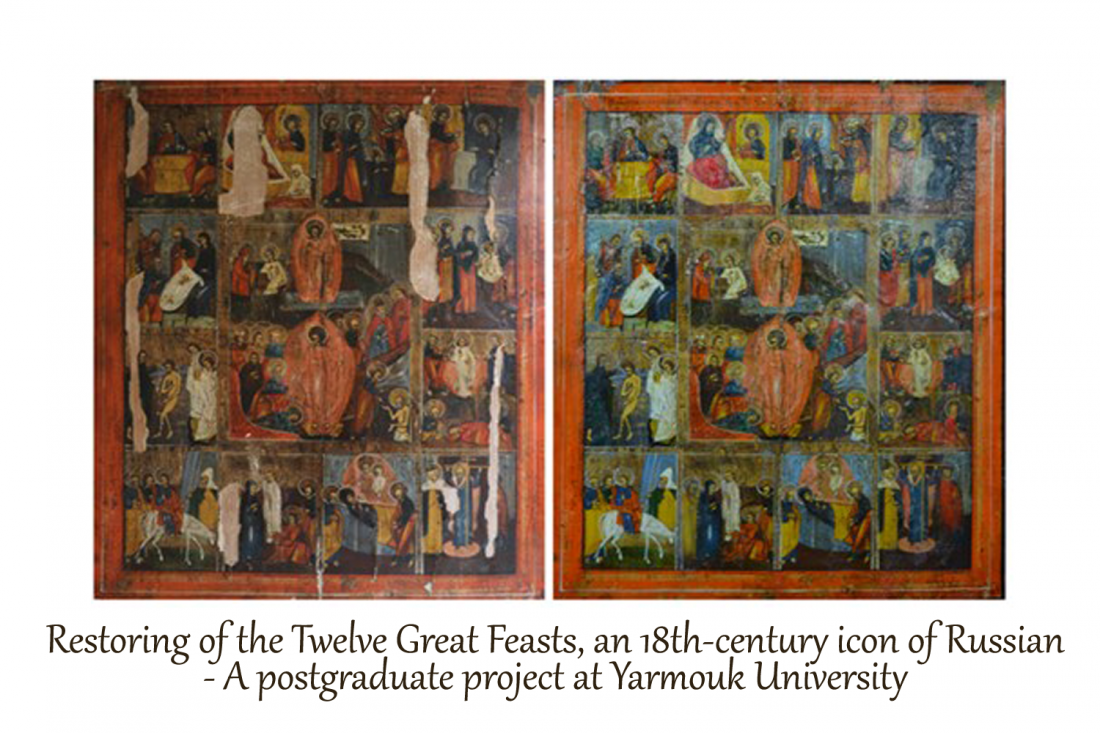MED-QUAD in Jordan boosts the applied research for cultural heritage exploitation to the researchers and postgraduate students

On February 20, 2022, a promotion discussion was conducted among the representatives of Al’ Balqa’Applied University (MED-QUAD project partner in Jordan) and the researchers and postgraduate students. The discussion took place at the department of conservation and management of cultural resources at the Faculty of Archaeology and Anthropology at Yarmouk University.
The discussion focused on the possibility of building partnership and sharing the experience of researchers in the department and postgraduate students about MED-QUAD project’s activities and the expected results in the Applied Research for Cultural Heritage Exploitation (ARCHEO) living lab. The cross-border ARCHEO living lab will be established in Jordan and several pilot activities for technological transfer and commercialization of results will be implemented. It will also exploit ICT technologies and Key Enabling Technologies for cultural heritage promotion and preservation. The value of the active participation of universities is significant for the utilization of the functions that the ARCHEO living lab will offer to the university community and society. Universities are a crucial factor in the quadruple helix approach on which the MED-QUAD project is based, and in a sense, they must prove their active and socially aware role in society. Therefore, the discussion focused on this cooperation framework and the benefits of collaboration with other universities and entities from the Mediterranean countries.
Taking the opportunity from the topic of discussion, Prof. Dr Wassef Sekhaneh, professor in the conservation and management of cultural resources at Yarmouk University, presented one of the postgraduate projects related to restoring a painting masterpiece. He presented a paint which is the Twelve Great Feasts an 18th-century icon of Russian origin based on the signature behind the icon. This icon is one of Baptism (Al Maghtas) Museum collections on the eastern bank of the Jordan River. This icon has a historical and social value, it was necessary to conserve it to ensure its sustainability for the coming generations, the process of documentation and analysis according to the scientific and practical method, to identify the statement of damage, such as cracks, stain, and loss of the paint layer. The process and result of this improved icon were discussed as an example of how it could stand out in the future through innovative tools and interactive learning that ARCHEO living lab will offer to academia, society, and tourists. Researchers and undergraduates are thrilled with the project's innovative capabilities and look forward to launching the ARCHEO living lab.







